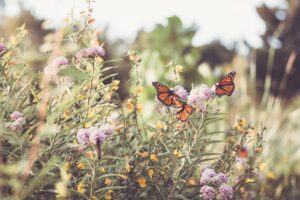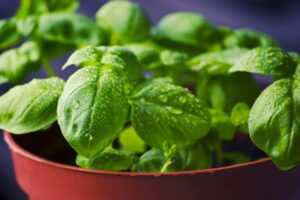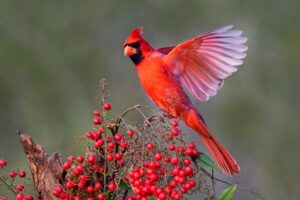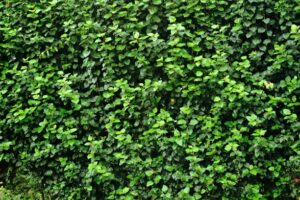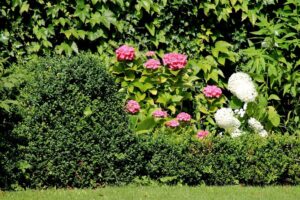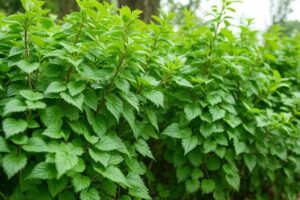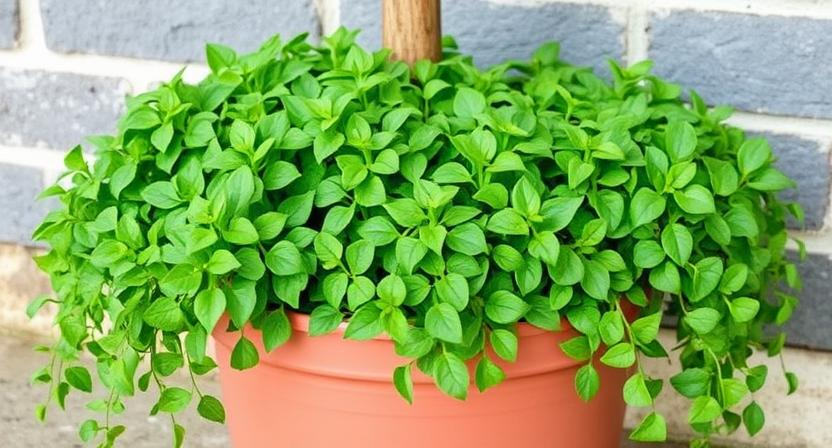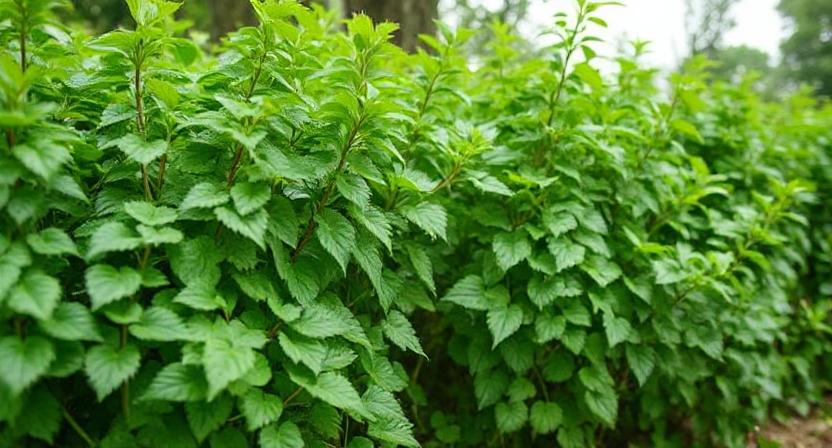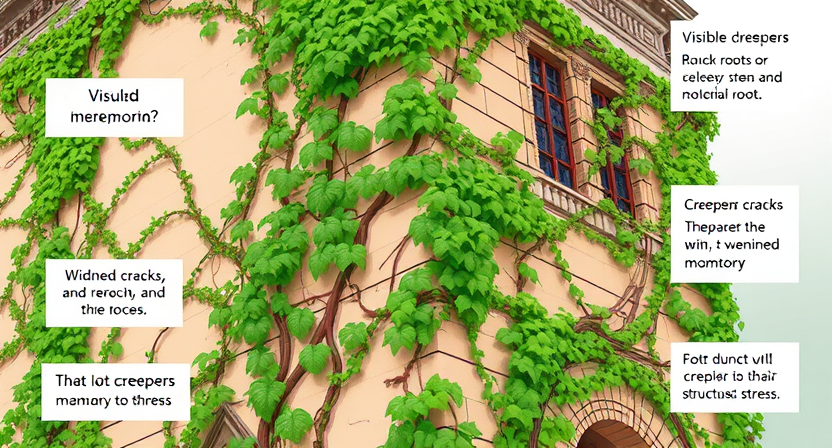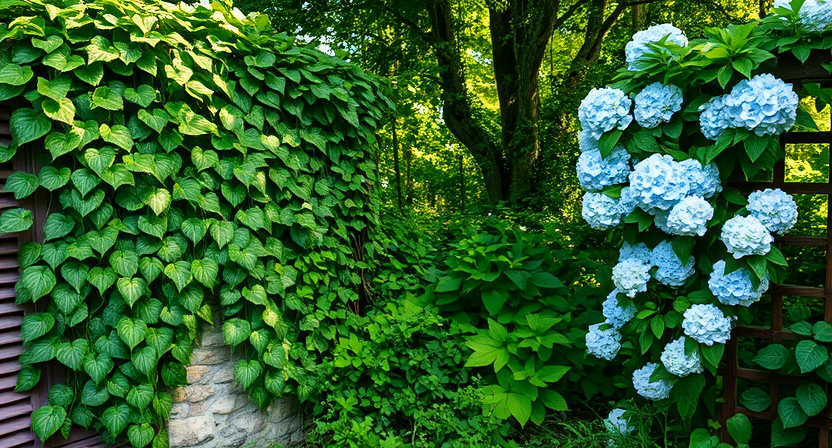Factors to Consider for Container Gardening

When it comes to container gardening, there are several factors that need to be considered in order to ensure successful plant growth. One important factor is the size of the container. It is crucial to choose a container that is large enough to accommodate the root system of the plant, allowing it to grow and develop properly. Additionally, the material of the container should be sturdy and durable, able to withstand outdoor conditions.
Another factor to consider is the drainage of the container. Adequate drainage is essential to prevent waterlogging and root rot. It is recommended to choose pots with drainage holes at the bottom, allowing excess water to escape. Furthermore, the location of the container should be taken into account. Most plants require a certain amount of sunlight, so it is important to place the container in an area that receives adequate sunshine throughout the day. By considering these factors, container gardeners can create an environment conducive to healthy plant growth.
• Size of the container: Choose a container that can accommodate the root system of the plant
• Material of the container: Opt for sturdy and durable materials that can withstand outdoor conditions
• Drainage of the container: Ensure there are drainage holes at the bottom to prevent waterlogging and root rot
• Location of the container: Place it in an area with adequate sunlight for healthy plant growth
Understanding Creepers and Their Growth Habits
Creepers, also known as trailing or climbing plants, possess a unique growth habit that sets them apart from other types of plants. They have a tendency to spread and crawl along the ground or climb up walls, fences, and other structures. This growth habit allows them to cover large areas, making them particularly useful for adding greenery and beauty to small or confined spaces.
One of the fascinating aspects of creepers is their ability to adapt their growth pattern according to their surroundings. Some creepers have specialized structures, such as tendrils or aerial roots, that enable them to grasp onto surfaces and climb upwards. Others produce long, flexible stems that trail along the ground and root at various points, giving rise to new growth. Understanding these growth habits is crucial when selecting the right type of creepers for container gardening, as it will determine how they interact with the container and the level of support they may need.
• Creepers, also known as trailing or climbing plants, have a unique growth habit.
• They spread and crawl along the ground or climb up walls, fences, and structures.
• This allows them to cover large areas and add greenery to small spaces.
• Creepers can adapt their growth pattern based on their surroundings.
• Some creepers have specialized structures like tendrils or aerial roots for climbing.
• Others produce long stems that trail along the ground and root at various points.
• Understanding these growth habits is important for container gardening.
Benefits of Growing Creepers in Containers
Container gardening offers numerous benefits when it comes to growing creepers. One of the most prominent advantages is the ability to control the growth and spread of the plants. Creepers tend to be vigorous growers, and by confining them to containers, you can prevent them from becoming invasive in your garden. Additionally, growing creepers in containers allows for greater flexibility in terms of placement and rearranging. You can easily move the containers around to create different visual arrangements or to provide optimal sunlight conditions for the plants.
Another benefit of growing creepers in containers is the ability to create stunning vertical displays. Creepers are natural climbers, and when planted in containers with tall supports, they can create a captivating living wall or a cascading effect. This not only adds a unique visual element to your garden but also maximizes the use of limited space, making it a perfect choice for balconies and small patios. Moreover, container-grown creepers can enhance the aesthetics of outdoor spaces, bringing life and greenery to otherwise bland areas such as walls, fences, or pergolas.
• Control growth and spread of plants
• Greater flexibility in placement and rearranging
• Create stunning vertical displays
• Adds unique visual element to garden
• Maximizes use of limited space
• Enhances aesthetics of outdoor spaces
Selecting the Right Containers for Creepers

When it comes to selecting the right containers for creepers, there are a few key factors to consider. Firstly, the size of the container is important. Creepers need enough space for their roots to grow and spread, so opt for containers that are at least 12-18 inches deep. Additionally, the diameter of the container should be wide enough to accommodate the growth of the creeper.
Another factor to keep in mind is the material of the container. Clay pots are a popular choice for creepers as they are porous and allow for better drainage. However, they can be heavy and prone to cracking in extreme temperatures. If you prefer a lightweight option, consider using plastic or resin containers. These materials are durable, cost-effective, and can mimic the look of terra cotta or stone. When selecting containers, always ensure that they have drainage holes to prevent waterlogging, which can lead to root rot.
• Size of the container should be at least 12-18 inches deep
• Diameter of the container should be wide enough to accommodate creeper growth
• Clay pots are popular for creepers due to their porous nature and better drainage
• Plastic or resin containers offer a lightweight alternative with durability and cost-effectiveness
• Containers should have drainage holes to prevent waterlogging and root rot.
Choosing the Ideal Soil and Potting Mix for Creepers
When it comes to choosing the ideal soil and potting mix for creepers, there are a few key factors to consider. First and foremost, it is important to understand the natural growth habits of the specific creepers you are working with. Different types of creepers have varying soil and moisture requirements, so it is essential to select a soil mix that aligns with their needs.
In general, creepers prefer loose, well-draining soil that allows for proper aeration and nutrient absorption. A good potting mix for creepers should consist of a combination of organic matter, such as compost or well-rotted manure, and coarse materials like perlite or sand to improve drainage. This helps prevent waterlogging, which can lead to root rot and other plant health issues. Additionally, including a slow-release fertilizer in the mix can provide a steady supply of nutrients for the creepers throughout their growth cycle. By understanding the specific needs of your creepers and selecting the appropriate soil and potting mix, you can provide them with the optimal growing conditions for healthy and vigorous growth.
• Creepers have varying soil and moisture requirements, so it is important to choose a soil mix that aligns with their needs.
• Loose, well-draining soil is preferred by creepers for proper aeration and nutrient absorption.
• A good potting mix for creepers should include organic matter like compost or well-rotted manure.
• Coarse materials like perlite or sand can be added to improve drainage in the potting mix.
• Waterlogging should be prevented as it can lead to root rot and other plant health issues.
• Including a slow-release fertilizer in the potting mix provides a steady supply of nutrients throughout the growth cycle.
Proper Placement and Sunlight Requirements for Creepers in Containers
Proper placement and adequate sunlight are crucial factors to consider when growing creepers in containers. These plants thrive in areas with full sunlight, so it is essential to choose a location that receives at least six hours of direct sunlight each day. Placing the containers near a south-facing window or on a balcony with unobstructed sunlight can provide the necessary light for optimal growth. Keep in mind that some creeping plants, such as ivy or ferns, can tolerate slightly shady conditions, but they still require a fair amount of indirect sunlight to thrive.
When it comes to the placement of containers, it is important to consider the specific requirements of the creepers. Some plants prefer to cascade down, while others prefer to climb or cling to structures. Understanding the growth habits of your chosen creepers will help determine the appropriate placement. For example, trailing plants like Creeping Jenny or Sweet Potato Vine are perfect for container edges or hanging baskets, allowing their delicate vines to spill over the sides gracefully. In contrast, climbers like Passionflower or Clematis require support structures, such as trellises or stakes, to guide their upward growth. By placing the containers strategically and providing the necessary sunlight, you can create visually appealing displays while ensuring the health and vigor of your container-grown creepers.
• Creepers thrive in areas with full sunlight
• Choose a location that receives at least six hours of direct sunlight each day
• Place containers near a south-facing window or on an unobstructed balcony for optimal light
• Some creeping plants can tolerate slightly shady conditions but still require indirect sunlight to thrive
• Consider the specific requirements of your chosen creepers when placing containers
• Trailing plants like Creeping Jenny or Sweet Potato Vine are perfect for container edges or hanging baskets
• Climbers like Passionflower or Clematis require support structures, such as trellises or stakes, for upward growth
• Strategic placement and adequate sunlight ensure the health and vigor of container-grown creepers.
Watering and Fertilizing Creepers in Containers

Proper watering and fertilizing are essential elements for the successful growth of creepers in containers. When it comes to watering, it is important to strike a balance between not overwatering and not allowing the soil to dry out completely. Overwatering can lead to root rot and other fungal diseases, while under-watering can result in stunted growth and plant stress. The frequency of watering will vary depending on the type of creeper, the size of the container, and environmental factors such as temperature and humidity. A general rule of thumb is to water the plants when the top inch of soil feels dry to the touch. Applying water directly to the soil, rather than wetting the foliage, helps prevent fungal diseases and encourages deep root growth.
In addition to proper watering, providing the creepers with adequate nutrients through fertilization is crucial. Container-grown plants have limited access to natural nutrients, so it is necessary to supplement their diet. Slow-release fertilizers specially formulated for container plants are readily available in gardening stores. It is important to follow the instructions on the fertilizer package and avoid over-fertilizing, as this can lead to nutrient imbalances and burning of the roots. Generally, applying fertilizer once every four to six weeks during the growing season is sufficient. Remember to water the plants thoroughly before fertilizing to prevent root damage and ensure proper absorption of nutrients.
• Watering is crucial for the successful growth of creepers in containers.
• Striking a balance between overwatering and allowing soil to dry out is important.
• Overwatering can lead to root rot and fungal diseases, while under-watering results in stunted growth.
• Frequency of watering varies based on creeper type, container size, temperature, and humidity.
• Water plants when top inch of soil feels dry to the touch.
• Apply water directly to soil instead of wetting foliage to prevent fungal diseases and encourage deep root growth.
• Adequate nutrients through fertilization are essential for creepers in containers.
• Container-grown plants have limited access to natural nutrients, so supplementation is necessary.
• Use slow-release fertilizers formulated for container plants from gardening stores.
• Follow instructions on fertilizer package and avoid over-fertilizing to prevent nutrient imbalances and root burning.
• Applying fertilizer once every four to six weeks during growing season is sufficient.
• Thoroughly water plants before fertilizing for proper absorption of nutrients.
Pruning and Training Techniques for Creepers in Containers
When it comes to pruning and training creepers in containers, there are a few techniques that can help maintain their shape and encourage healthy growth. One important technique is tip pruning, which involves removing the growing tips of the vines to encourage lateral branching. This helps the plant to become bushier and denser, creating a more attractive appearance. Additionally, tip pruning can help manage the size of the plant and prevent it from overtaking its container or surrounding plants.
Another technique to consider is training the creepers along a trellis or other support structure. By gently guiding the vines along a desired path, you can promote upward growth and create a visually appealing display. This not only helps to maximize vertical space in a container garden but also encourages the plant to produce more flowers or fruit. It’s important to regularly check and adjust the training as the creepers grow, ensuring that they remain securely attached to the support and are growing in the desired direction.
• Tip pruning is an important technique for maintaining the shape of creepers in containers.
• Removing the growing tips encourages lateral branching, making the plant bushier and denser.
• Tip pruning helps manage the size of the plant and prevents it from overtaking its container or surrounding plants.
• Training creepers along a trellis or support structure promotes upward growth and creates an attractive display.
• Guiding vines along a desired path maximizes vertical space in a container garden.
• Training also encourages creepers to produce more flowers or fruit.
• Regularly checking and adjusting training ensures that creepers remain securely attached to the support and grow in the desired direction.
Dealing with Potential Pests and Diseases in Container-grown Creepers
To ensure the health and vitality of your container-grown creepers, it is important to be proactive in dealing with potential pests and diseases. One common pest that can affect creepers is aphids. These tiny insects feed on the sap of the plants, causing them to weaken and become vulnerable to diseases. To control aphids, you can manually remove them from the plants by spraying them with a strong jet of water or by using insecticidal soap. Additionally, you can attract natural predators of aphids, such as ladybugs and lacewings, to help keep their numbers in check.
Another common pest that can be problematic for container-grown creepers is spider mites. These tiny pests are hard to spot with the naked eye, but their presence can be detected by the characteristic webbing they create on the plants. Spider mites feed on the leaves of the plants, causing them to become discolored and distorted. To control spider mites, you can introduce predatory mites or use insecticidal soaps or oils specifically formulated for spider mites. Regularly inspecting your plants for signs of infestation and taking immediate action can prevent the spread of these pests and ensure the health of your container-grown creepers.
• Aphids can weaken and make creepers vulnerable to diseases by feeding on their sap.
• Manual removal of aphids can be done by spraying them with a strong jet of water or using insecticidal soap.
• Attracting natural predators like ladybugs and lacewings can help control the population of aphids.
• Spider mites create webbing on plants and feed on their leaves, causing discoloration and distortion.
• Predatory mites, insecticidal soaps, or oils formulated for spider mites can be used to control them.
• Regularly inspecting plants for signs of infestation is crucial in preventing the spread of pests.
Successful Examples of Container Gardens with Creepers

Container gardening offers a variety of possibilities when it comes to incorporating creepers in your outdoor space. By carefully selecting the right containers, potting mix, and ensuring proper sunlight and watering, you can create stunning container gardens with creepers. Take inspiration from these successful examples and transform your balcony, patio, or even window sill into a lush and vibrant display of foliage.
One example of a successful container garden with creepers is a hanging basket filled with cascading ivy. The trailing vines create a beautiful display as they dangle gracefully from the container, adding a touch of elegance to any space. Pairing the ivy with colorful flowers such as petunias or impatiens not only adds visual interest but also creates a striking contrast in textures. The key to success with this type of container garden is to ensure regular watering and occasional pruning to maintain the desired shape and prevent the vines from becoming too overwhelming.
Another example involves using trellises or obelisks to support climbing creepers such as clematis or jasmine. By providing a vertical structure, you can create a stunning focal point in your garden. Plan the placement of the trellis carefully, ensuring it receives adequate sunlight and is secured firmly in the container. As the climbers grow, gently train their tendrils to weave through the trellis, creating a captivating display of intertwined foliage and flowers. Regular pruning and support maintenance will keep the container garden looking tidy and thriving throughout the season.
• Hanging baskets filled with cascading ivy create a beautiful display
• Pairing the ivy with colorful flowers adds visual interest and contrast in textures
• Regular watering and occasional pruning are necessary to maintain shape and prevent overwhelming growth
• Using trellises or obelisks to support climbing creepers such as clematis or jasmine creates a stunning focal point
• Careful placement of the trellis ensures adequate sunlight and secure attachment to the container
• Training tendrils through the trellis creates an captivating display of intertwined foliage and flowers
• Regular pruning and support maintenance keep the container garden looking tidy throughout the season.


